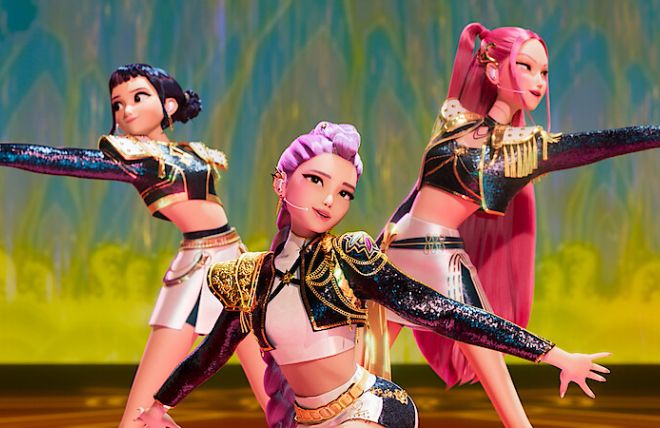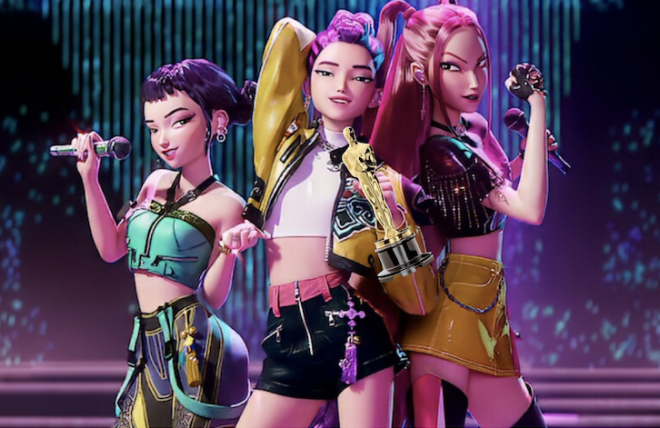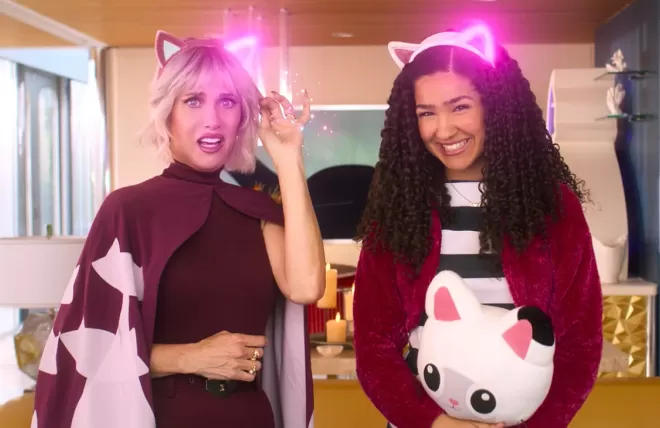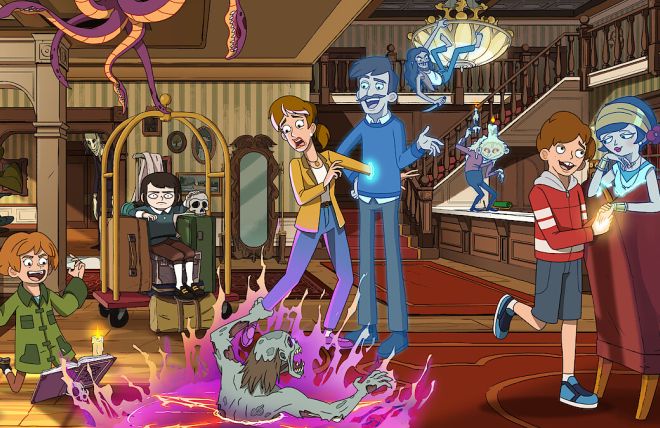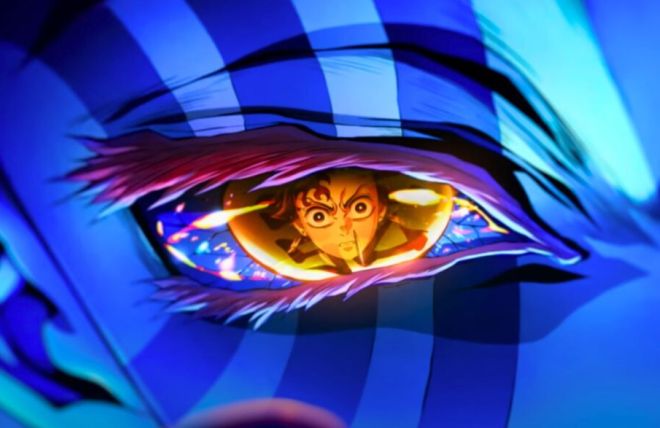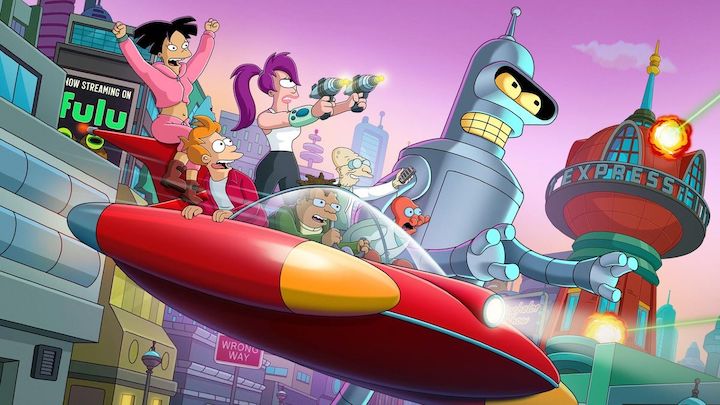A website dedicated to animation, awards, and everything in between.
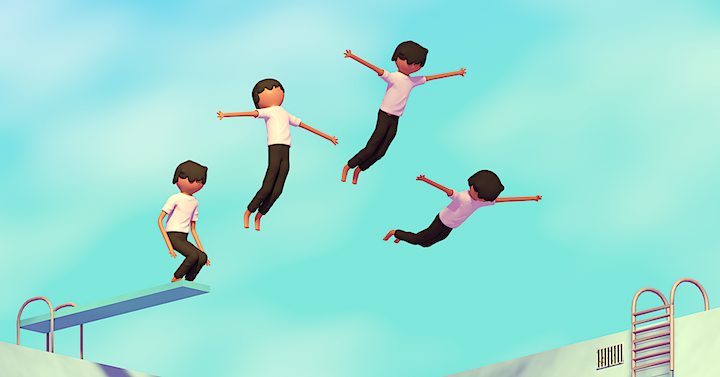
Credit: Boys Go to Jupiter (Cartuna, Irony Point)
Boys Go to Jupiter was produced using the free and open source software Blender. If the name sounds familiar, it’s because Blender was also utilized to bring the Flow to fruition. Boys Go to Jupiter might not win Best Animated Feature like Flow, but between these films, Blender’s limitless potential is apparent. Despite using the same technology, Boys Go to Jupiter and Flow couldn’t be more different stylistically or tonally. One is dialogue-free, telling its story through animal body language. The other is loaded with colorful conversations, and even more colorful characters. The two do share one other parallel. Both center on lost protagonists trying to find their place.
Like the cat in Flow, Billy 5000 (Jack Corbett) is something of a stray. He rarely sees his mom, crashing with friends. He’s dropped out of school, working for a Grubhub-esque food delivery service. Among his acquaintances are a guy who asks him to chew up his hot dogs beforehand, a mysterious patron who orders an unusual amount of spaghetti, and a diabolical orange juice CEO named Dr. Dolphin (Janeane Garofalo). Billy has a crush on Dr. Dolphin’s sardonic daughter Rozebud (Miya Folick), although he’s more focused on making $5,000 before New Year’s. It’s easy to forget the film takes place during the winter, being set against a bleak yet charmingly tacky Florida backdrop.
Through a glitch in his work app, Billy finds a way to convert a few hundred dollars into thousands, although we don’t know exactly what he wants the money for. In any case, it’s a more sound financial plan than jumping in front of cars and threatening to sue the drivers like his friend Freckles (Grace Kuhlenschmidt). Billy thinks he’s outgrown his immature friends, although he hasn’t exactly figured out his life. Despite barely being able to provide for himself, Billy suddenly becomes the caretaker to a strange, donut-like creature that keeps following him. Even with this supernatural element, Boys Go to Jupiter walks a fine line between magical and mundane.
While made with computers, the animation almost has a Claymation sentiment. Writer/director Julian Glander was reportedly inspired by Rankin/Bass, Gumby, and other stop-motion projects. The simple yet expressive character designs call Playmobil figures to mind. Needless to say, Boys Go to Jupiter is better than Playmobil: The Movie, possessing the essence of a Richard Linklater joint with its hangout vibes. Its surreal ambiance is also reminiscent of Linklater’s animated features, especially Waking Life. In the vein of that film, Boys Go to Jupiter is like experiencing a dream while half-awake. You don’t always understand it, but you’re consistently sucked in.
For some, Boys Go to Jupiter may be a little too strange and meandering. The plot isn’t the most focused, with several characters disappearing as the plot unfolds (if you can even call it a plot). By the time we reach the bizarre final destination, you may find yourself asking what the film’s message is… if there is one. While I might not be able to explain the method to Glander’s madness, Boys Go to Jupiter won me over with its quirky humor, laidback atmosphere, and candy-coated aesthetic. The film serves as a reminder that wonder can be found in your own backyard. Something similar can be said about Blender, providing a new playground for independent animators to run wild.
Nick Spake is the Author of Bright & Shiny: A History of Animation at Award Shows Volumes 1 and 2. Available Now!
